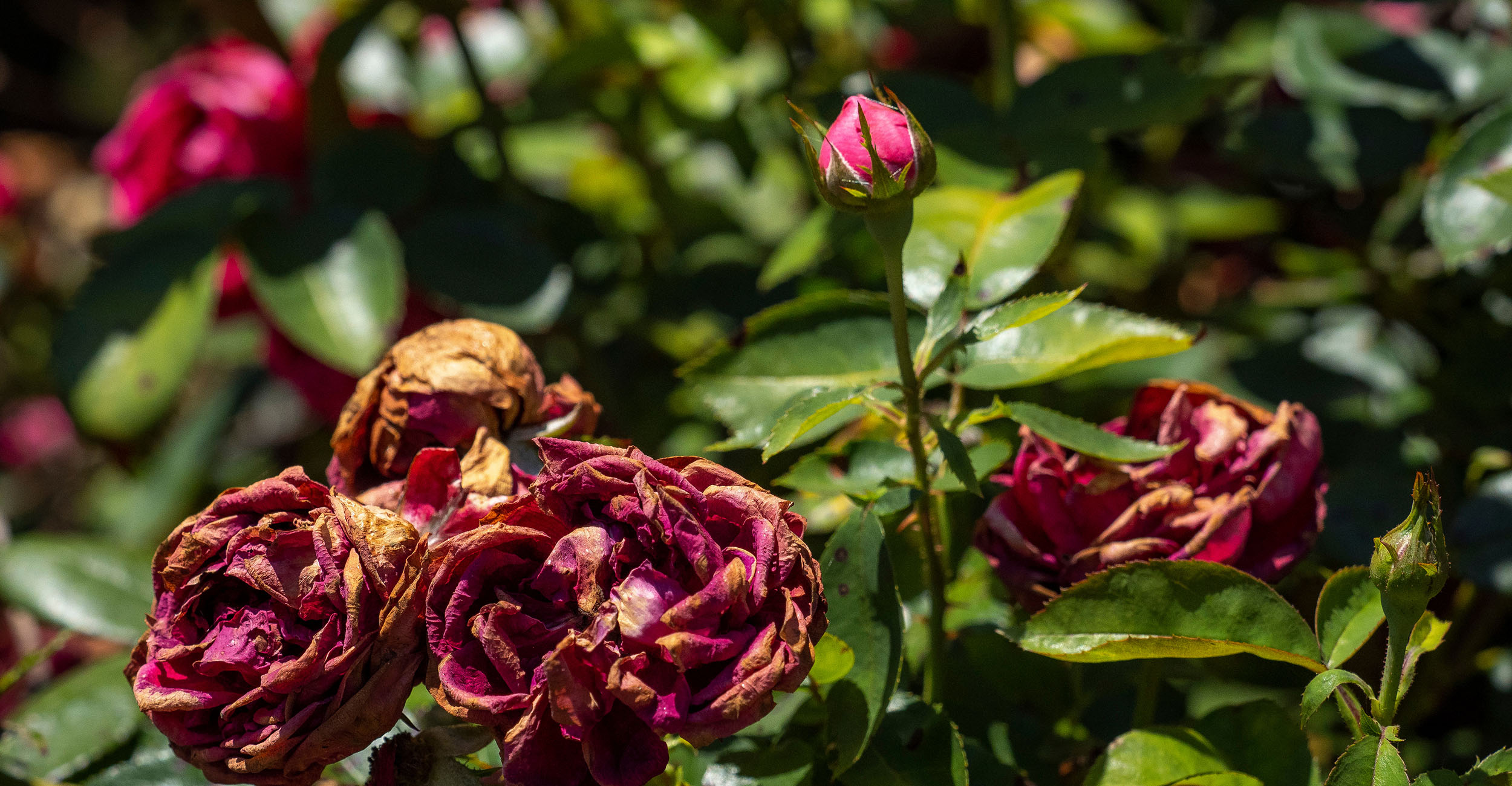
Deadheading helps keep plants vigorous
Tuesday, June 22, 2021
Media Contact: Trisha Gedon | Communications Specialist | 405-744-3625 | trisha.gedon@okstate.edu
A flowering bush or plant in full bloom looks beautiful in the landscape, but when the flowers begin to fade and wither, they should be removed to help other blooms take their place, said David Hillock, Oklahoma State University Extension consumer horticulturist.
“This process is called deadheading and it’s good for the plant. Most annuals and many perennials will continue to bloom throughout the growing season if gardeners will regularly deadhead the plants,” Hillock said. “Deadheading typically is done both to maintain the appearance of a plant, as well as to improve its overall performance.”
As flowers lose their petals and begin to form seedheads, energy in the plant is shifted to the development of seeds instead of the qualities that attracted pollinators and humans. It’s a natural cycle that can benefit from deadheading, allowing the next buds to begin their development and maintain the garden’s bright personality.
“Deadheading may feel like a never-ending garden chore, but the new blooms that will appear make this task worthwhile,” he said.
Spent blooms should be removed with sharp pruners when the petals begin to shrivel and fall. Cut back just above the next leaf pair, or node. When deadheading roses, prune back to the first set of leaves that have five leaflets.
However, the first time a rosebush is deadheaded in a season, gardeners may want to cut back only to the first set of leaves if there isn’t much new growth on the plant. In subsequent removals, gardeners can cut back to the first set of five leaves.
“If you observe excess growth and the plant appears leggy, it’s ok to cut further down the stem,” Hillock said.
Staying on top of deadheading chores is a good idea. Spending a few minutes each day will make this task much easier.
Casey Hentges, host of OSU Extension’s television program Oklahoma Gardening, has more advice about deadheading, pinching and disbudding. Additional gardening and lawn care information is available online from OSU Extension.
